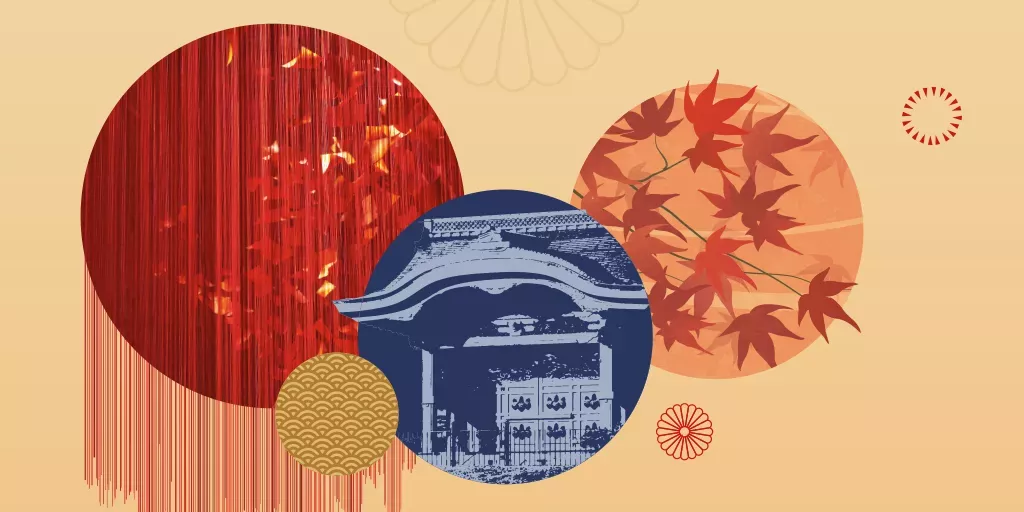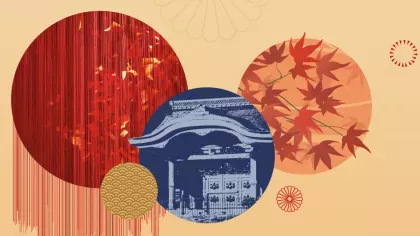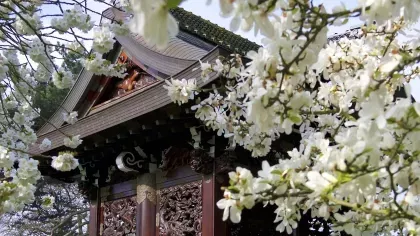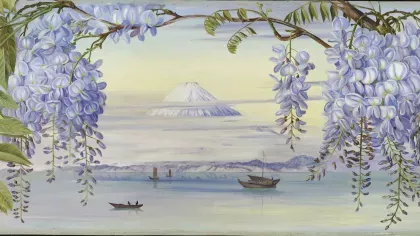4 October 2021
What is Momijigari?
Momijigari translates to 'maple leaf hunting', and is the perfect excuse to get out and enjoy nature.

Celebrate Japan’s love of the changing seasons by enjoying autumn in all its glory, from leaves crunching underfoot to trees ablaze in fiery colours.
Momijigari is an ancient Japanese tradition that translates to ‘maple leaf hunting’ — a seasonal appreciation of autumn's breathtaking hues.
As the Gardens come alive with brilliant reds, yellows and golds, it's the perfect time to get out and enjoy nature.
As part of our Japan festival we have created a special Momijigari Trail that will lead you through some of Kew’s finest autumn displays, as well as our collection of beautiful Japanese plants and landmarks.
You can join the trail at any point and branch off where inspiration takes you.
Here are the prime spots for some autumnal colour around the Gardens. Happy hunting!
A dazzling display
The elegant, star-shaped leaves of the Japanese maple (Acer palmatum) are the showstoppers in the Azalea Garden at this time of year.
With a kaleidoscope of autumnal hues from yellow to crimson and carmine, these stunning displays are the perfect photo backdrop.
This range of colours is visible in autumn due to a lack of chlorophyll in the leaves (the green pigment that helps plants absorb light and make energy).
As the season changes, trees break down and recycle the chlorophyll to use for nutrients in the winter, allowing different pigments to be revealed.
Look closely at a fallen leaf and you may see that the area around the middle, or the veins, is greener than the outer edges where there is less chlorophyll.
Did you know? In Japan you can eat tempura leaves, a sweet and salty snack that can only be found in Osaka.
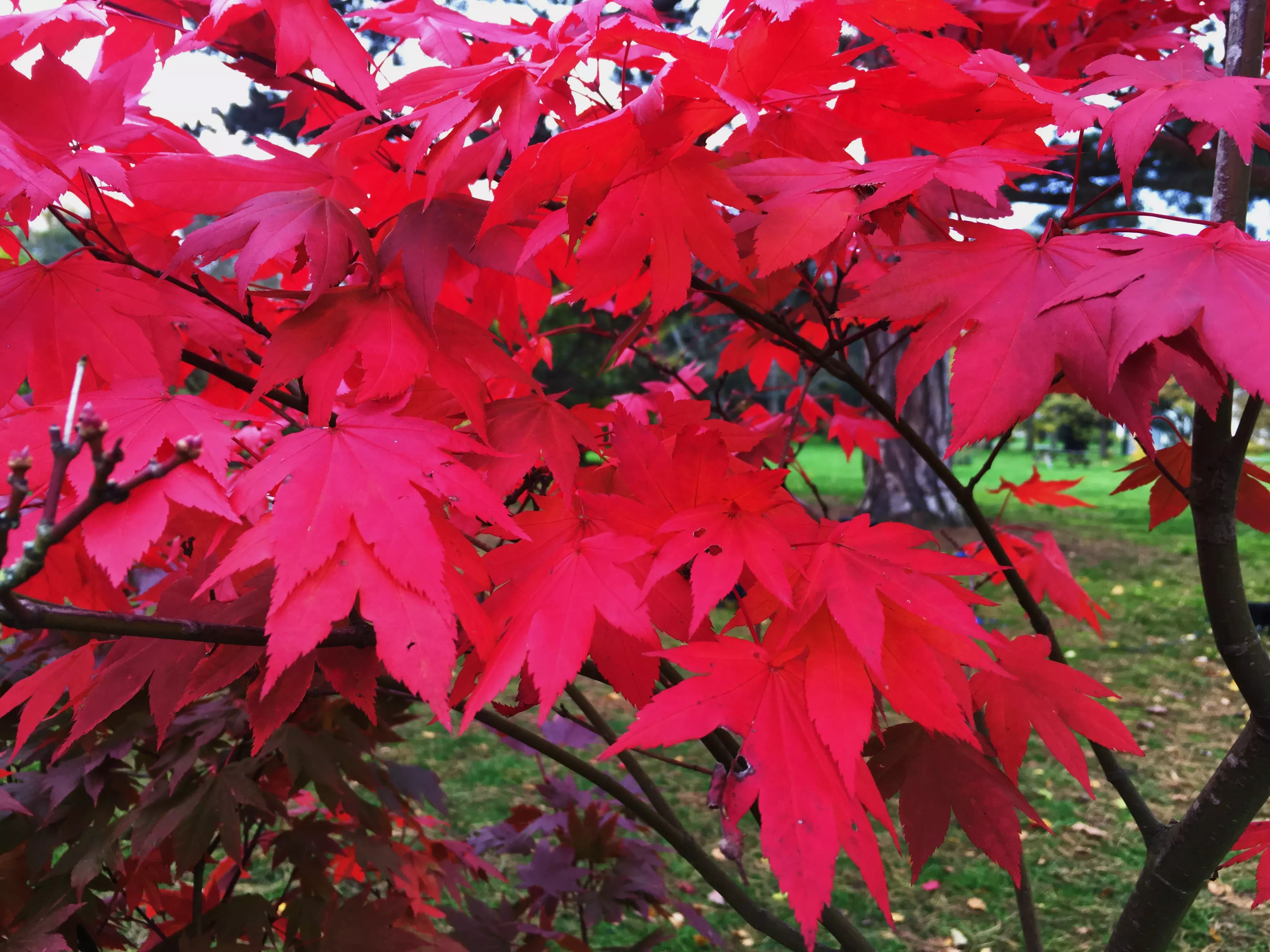
Bamboo Garden
There are over 130 species of bamboo in our Bamboo Garden. It is a tranquil spot to pause, listen to the breeze through the plants and look out for bright and golden yellow leaves amid this verdant oasis.
Bamboo is evergreen, but even evergreen trees lose leaves — just not all at once. As bamboo leaves age they change colour before dropping to the ground.
An incredibly versatile plant, bamboo is used in construction, as a fabric, to make musical instruments and it is edible!
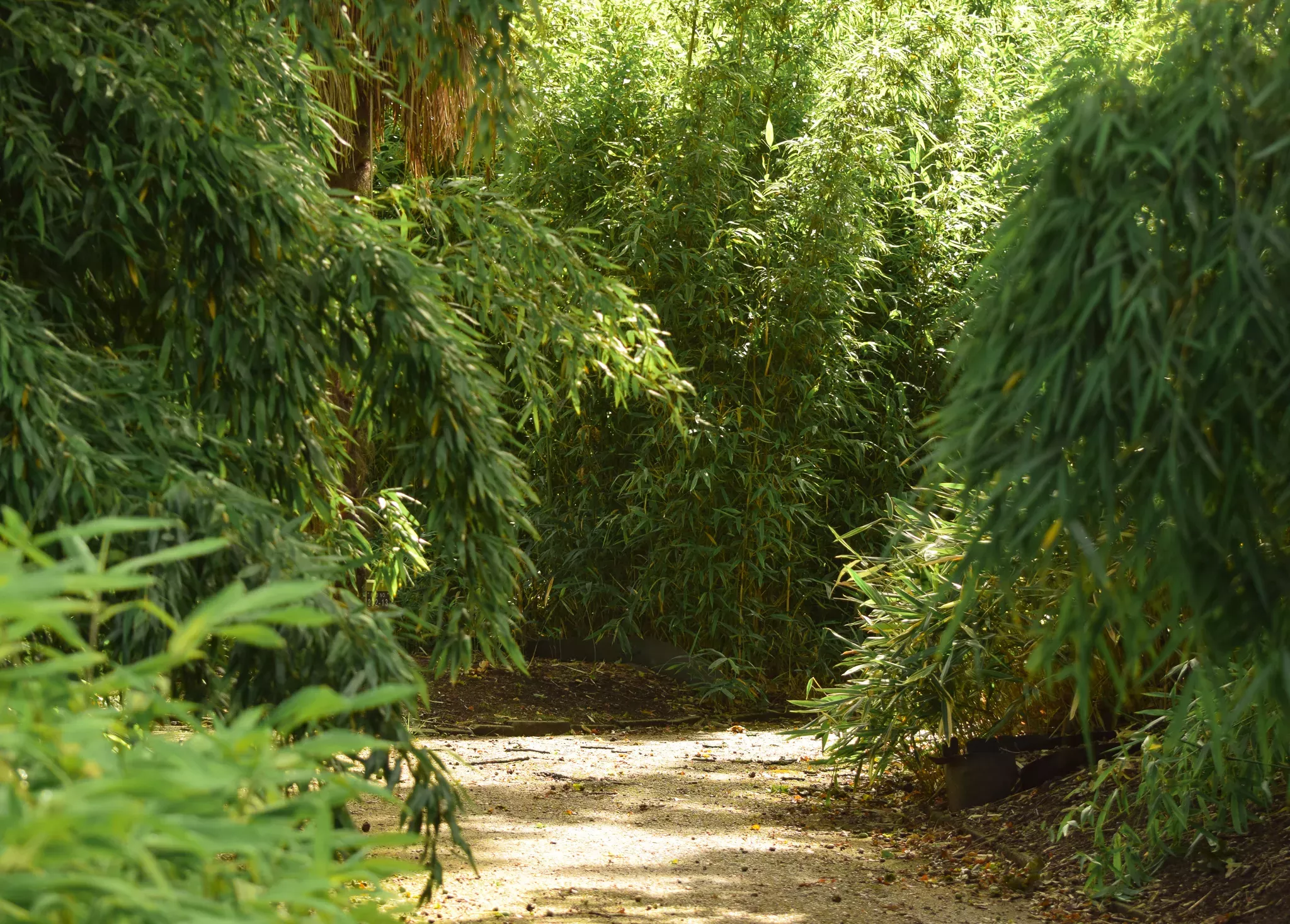
As you walk through our Bamboo Garden, you'll catch glimpses of a traditional Japanese house through the vegetation.
Your eyes are not deceiving you - this is the Minka House, a great example of the simple homes where many country-dwellers lived in 20th century Japan.
Step inside the house to see how farming families would have produced and woven silk to boost their income.
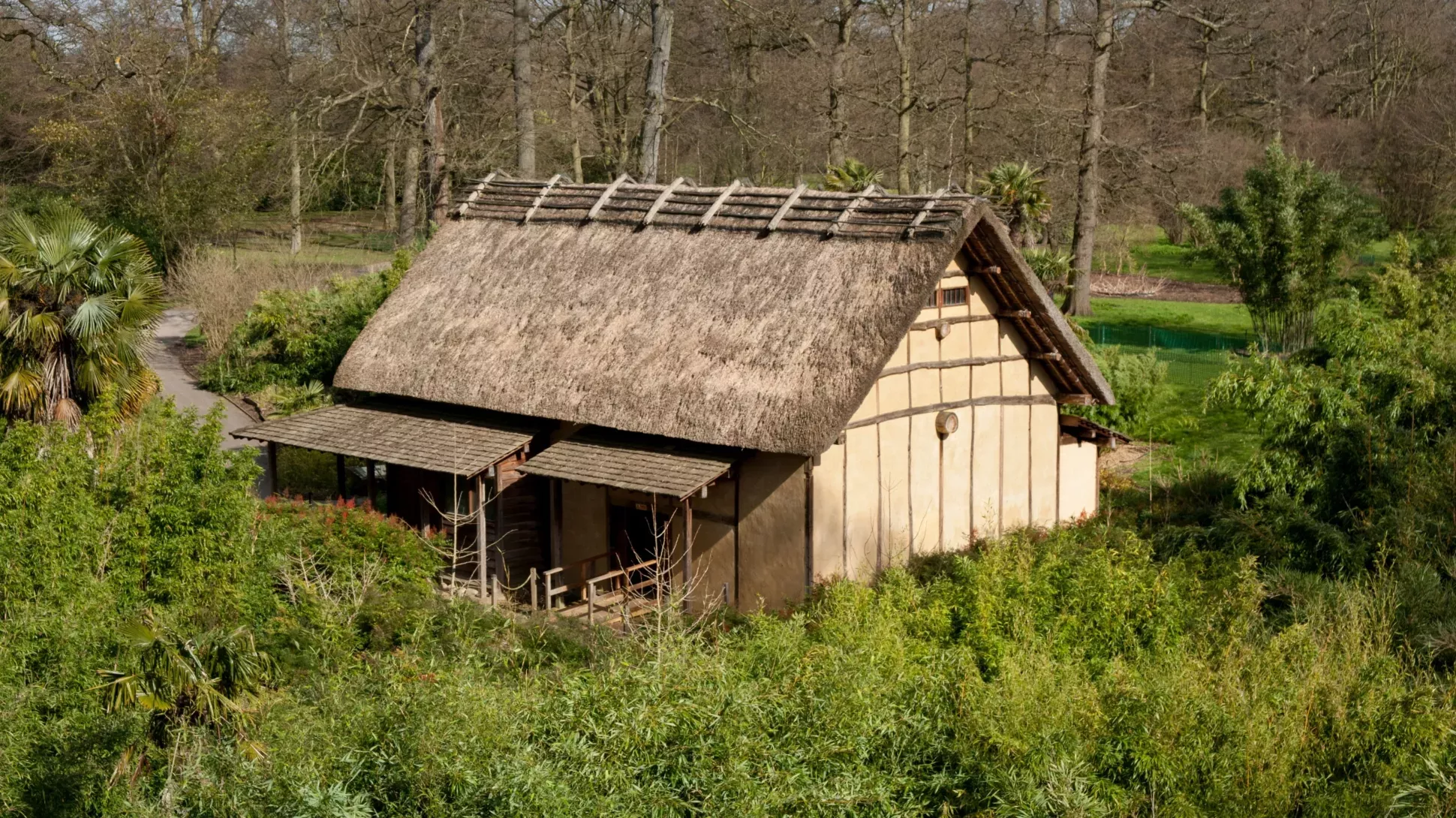
Long live the ginkgo
In addition to being the official tree of Tokyo, the Ginkgo biloba, commonly known as the maidenhair tree, is a symbol of longevity in Japan, and for good reason – they have out-lived dinosaurs!
The oldest ginkgo at Kew was planted here in the 1750s, and in 2009 Her Majesty the Queen planted a ginkgo seedling to celebrate the 250th anniversary of the Gardens.
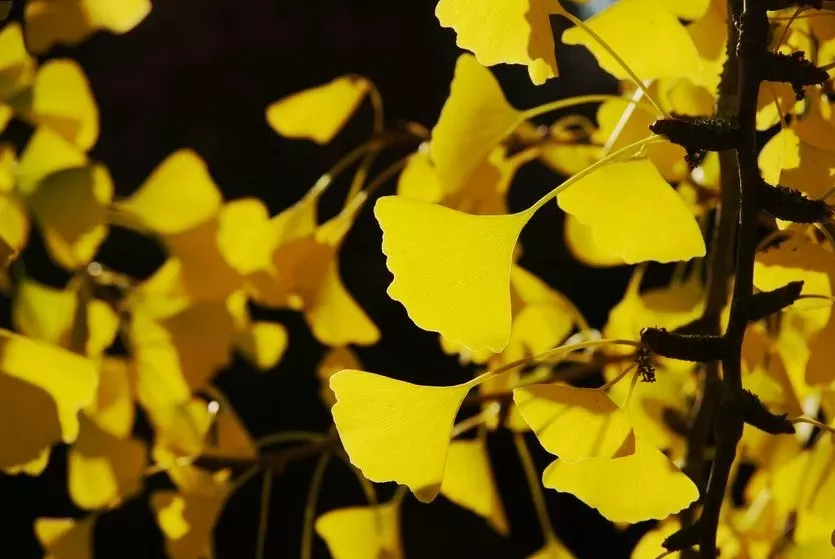
The tree’s unusual fan-shaped leaves become a magnificent golden-yellow over the autumn months. Look out for this elegant foliage in the Ginkgo Grove.
Ginkgo fruits are quite beautiful, like small green or amber plums, but give off an unpleasant stench akin to sweaty socks after they’ve fallen from the tree.
But fear not, there are more male ginkgo trees - which do not produce fruit - at Kew than females.

Japanese gardens
Don't miss the centrepiece of our Japanese Landscape, the Chokushi-Mon (Gateway of the Imperial Messenger).
Take some time to stroll through the Garden of Activity, the Garden of Harmony, and the Garden of Peace, the three distinct areas surrounding the Gateway. Each one represents different elements of Japan’s geography and philosophy.
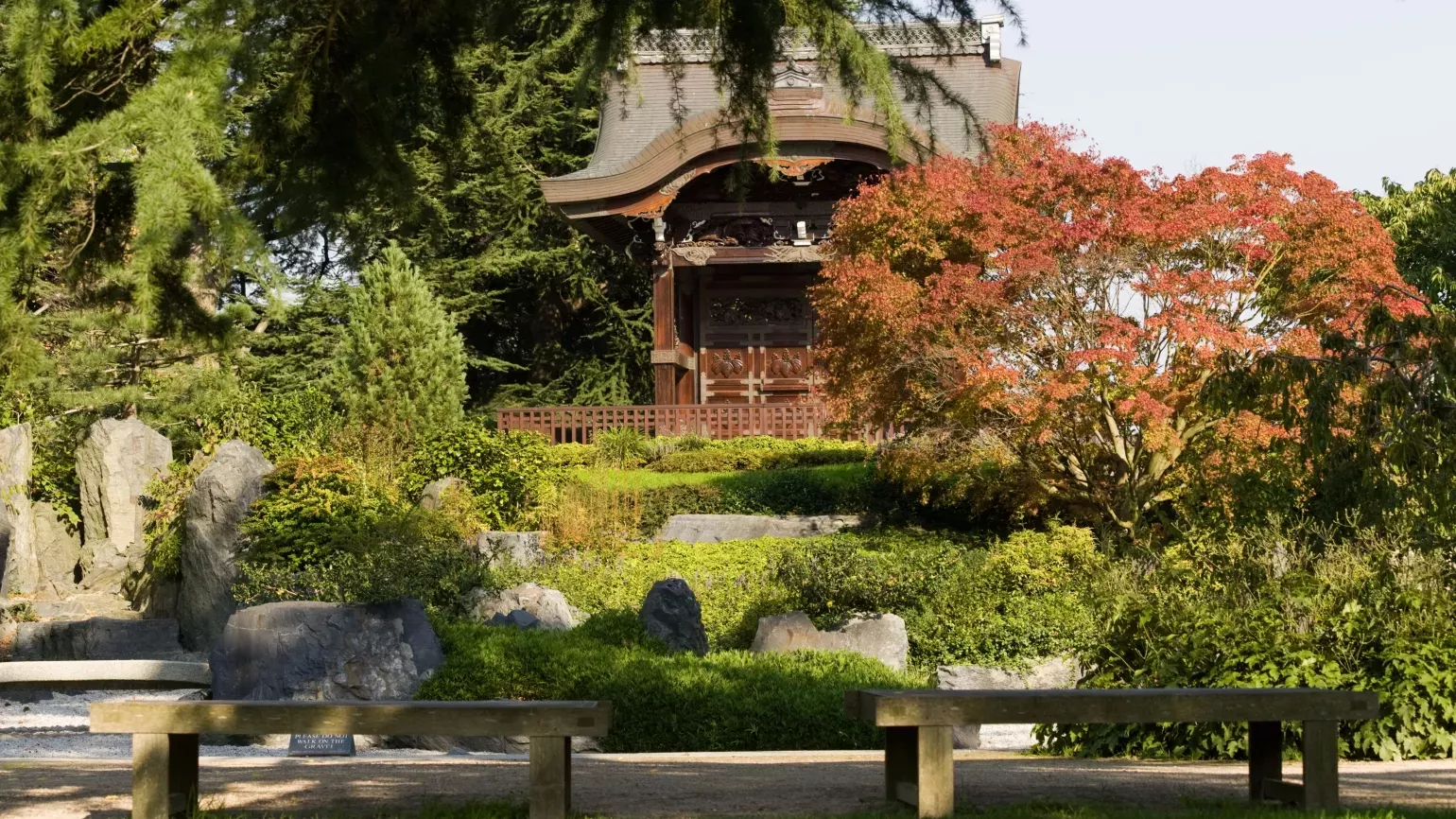
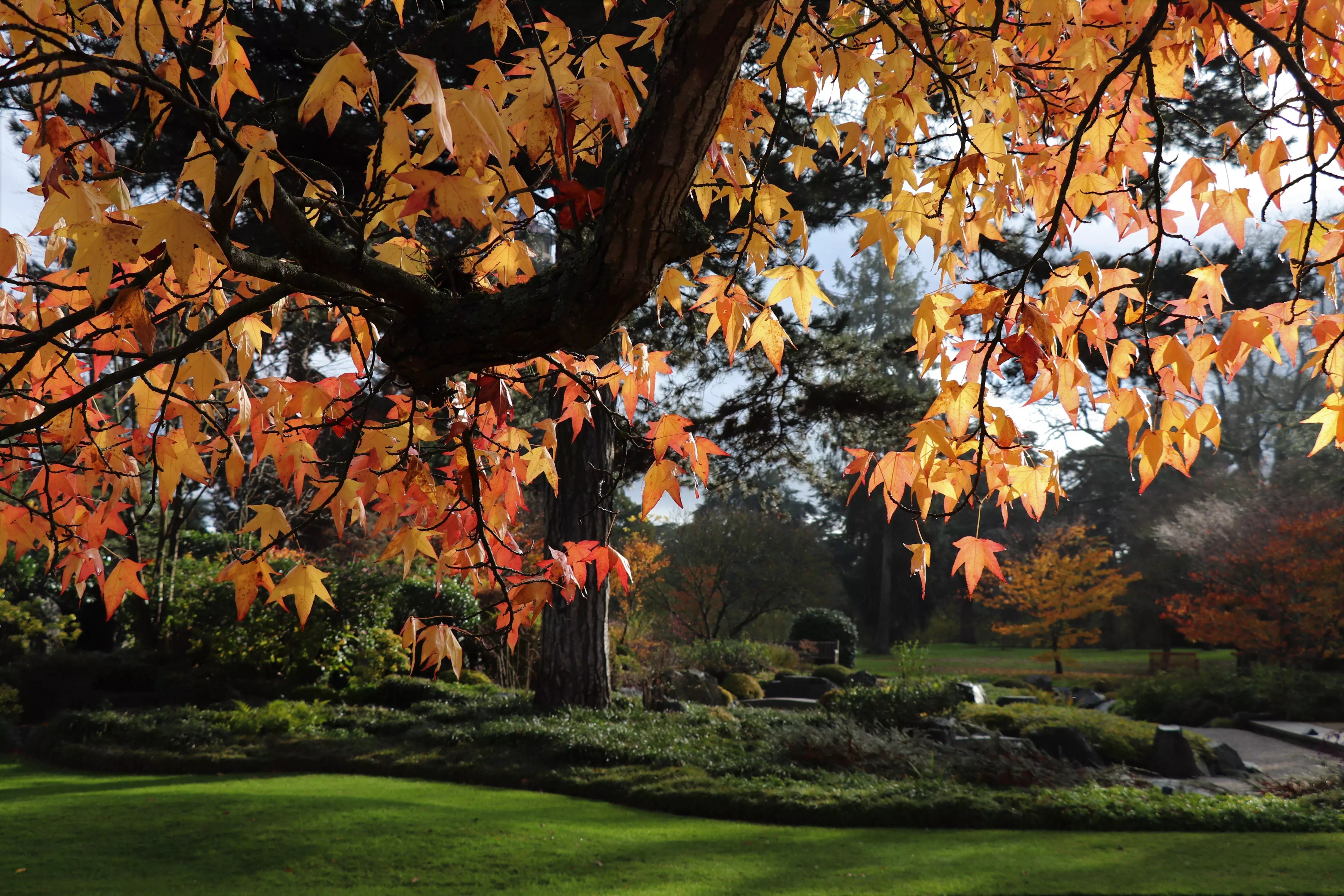
The Temperate House transformed
Featuring Chiharu Shiota’s One Thousand Springs, a large-scale artwork of 5,000 haikus reaching from floor to ceiling, the Temperate House has been transformed into an oasis of serenity and reflection.

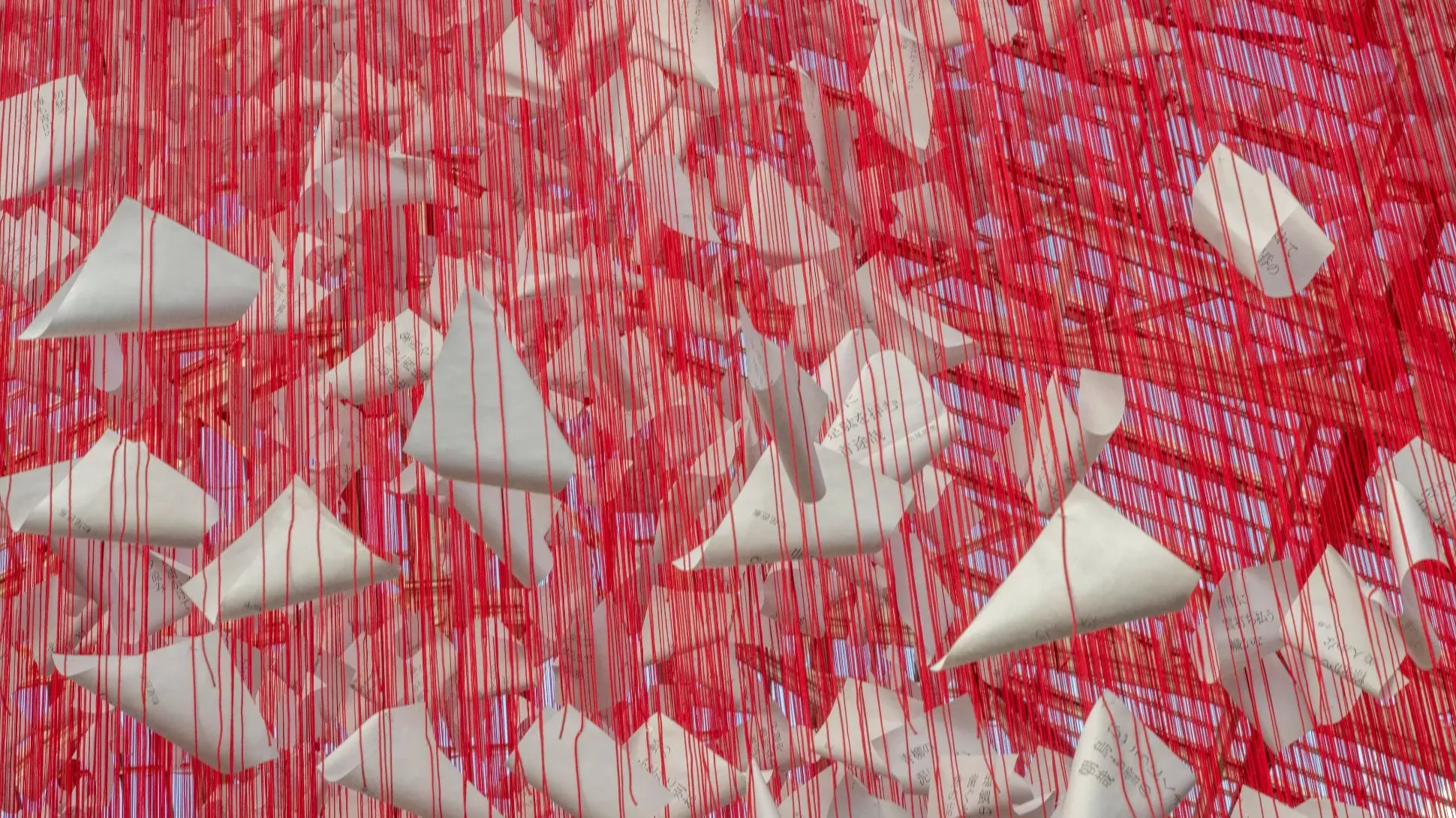
Visit the elegant Chalk Garden, created by Otis Landscape Associates and kodai and associates, for a unique combination of traditional English materials and Japanese planting.
Immerse your senses with Yosi Horikawa’s atmospheric soundscape, and enjoy a display of six varieties of vibrant chrysanthemum, created by our very own Horticulture team.
With countless colour combinations and a range of picture-perfect petal shapes, chrysanthemum flowers also hold a significant place in Japanese culture, featuring on the country’s imperial seal.
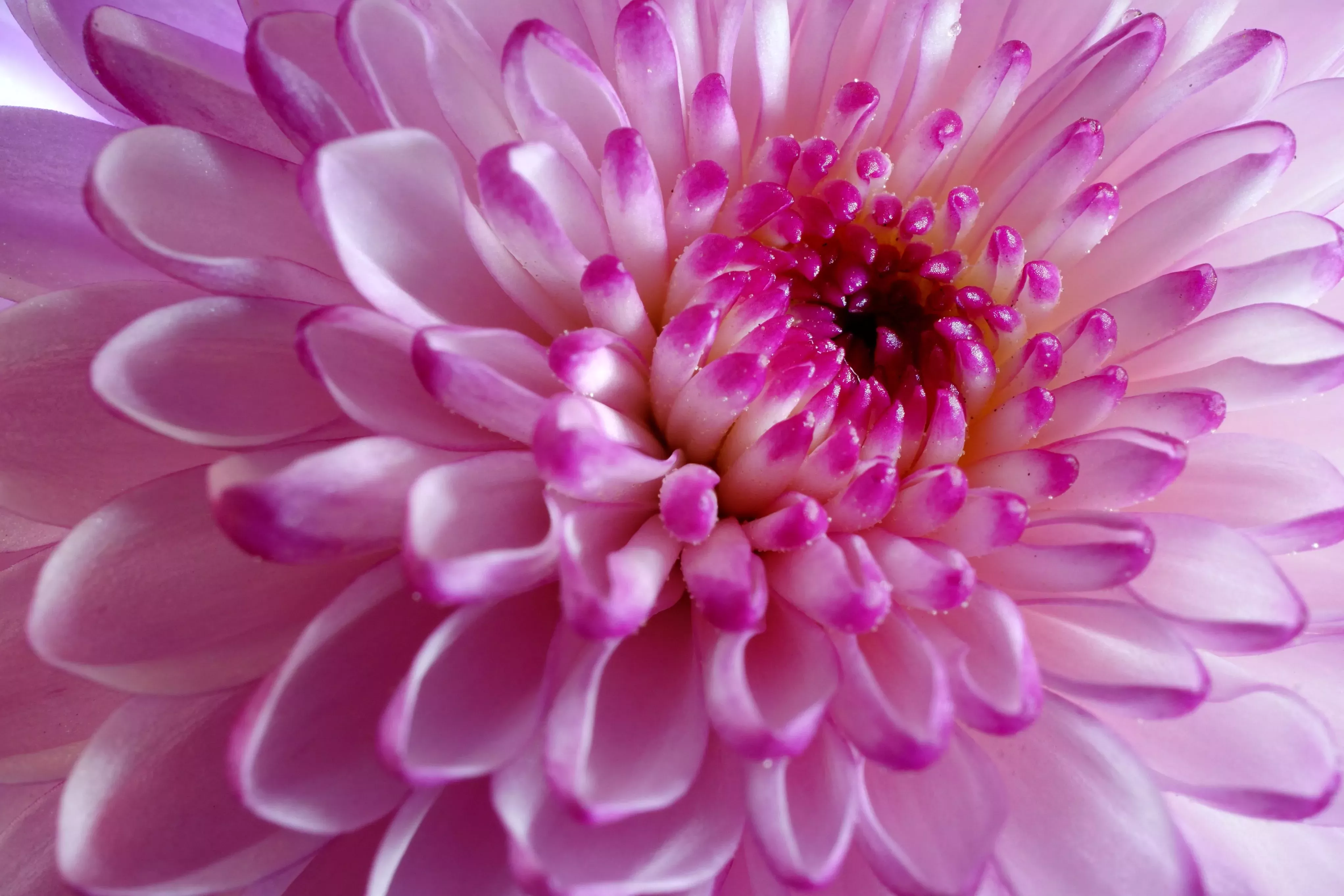
Cherry Walk
Lining the path from the Temperate House to King William’s Temple is another famous Japanese plant, the cherry tree.
Celebrated in spring with hanami (flower viewing), Japanese cherry trees (Prunus serrulata) herald autumn with fantastic fiery foliage and beautiful blooms.
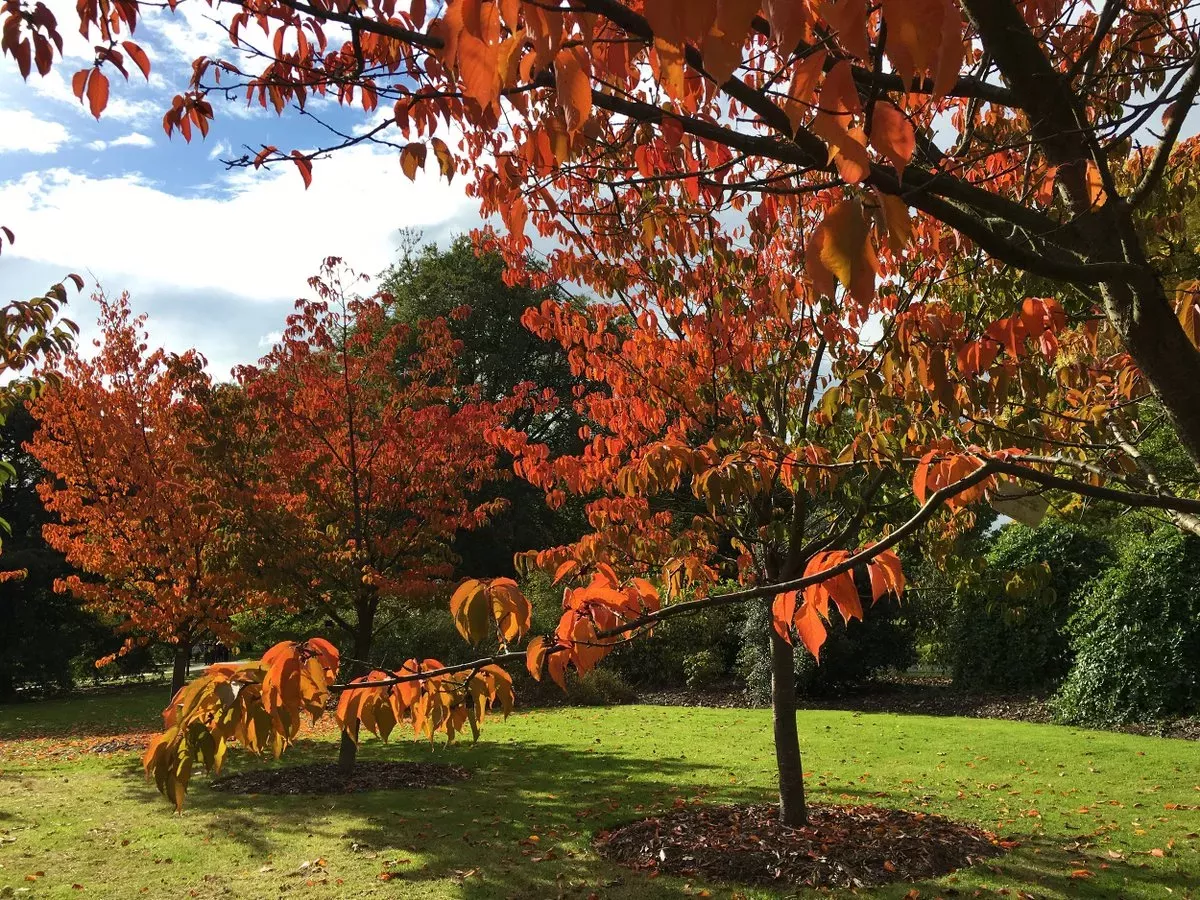
Around the world in paintings
Inspired by a trip to Kew Gardens in the 1850s, Marianne North travelled solo in order to paint flowers in their natural habitats in far-flung corners of the world.
In 1875 she spent over a year in Japan documenting the changing seasons.
The Marianne North Gallery at Kew contains over 800 of her vibrant paintings and offers insight into a remarkable woman.
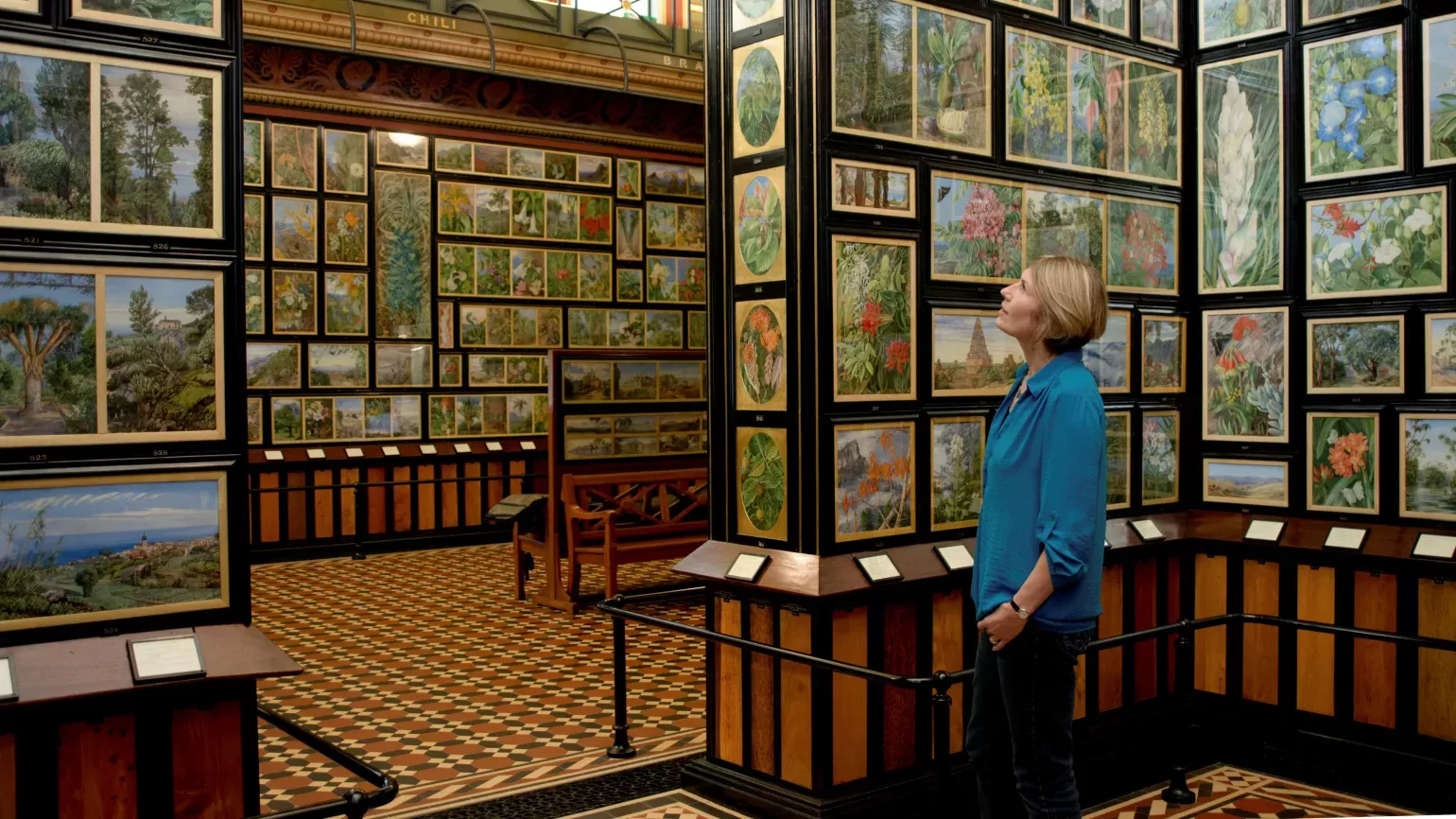
If you’re feeling hungry after all that walking, you can get a taste of Japan with our festival menus, available at the Pavilion Bar and Grill and the Orangery.
Visit Kew at the weekend to get even more from our Japan festival, with live music and unique shodō (calligraphy) art performances, as well as a pop-up snack bar.
Running from October 2 to 31, the Japan festival at Kew is a great opportunity to celebrate a fascinating country, all included with your regular day ticket to the Gardens.
